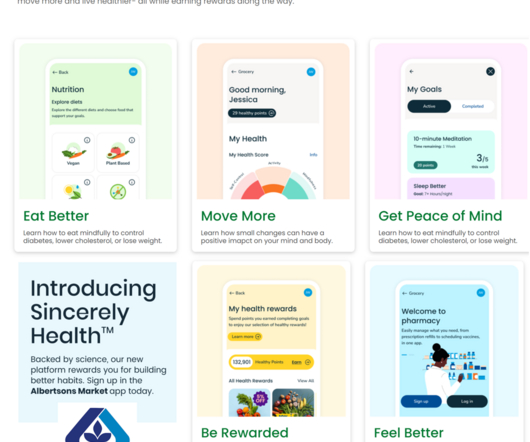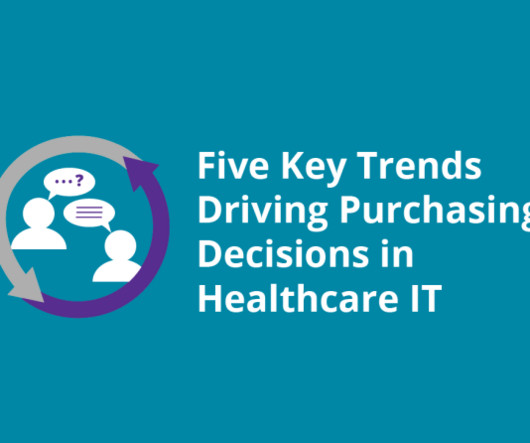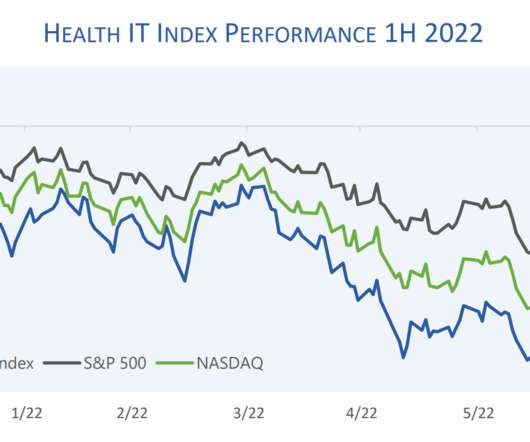HIMSSCast: Whole person care and data interoperability drivers
Healthcare It News
OCTOBER 13, 2023
The opportunity to impact the healthcare outcomes of populations via SDOH lays in the ability "to incorporate unstructured, non-traditional health data into the patient record," he wrote for Healthcare IT News during the pandemic. SDOH data is a matter of interoperability , as it is often intentionally trapped.

















Let's personalize your content